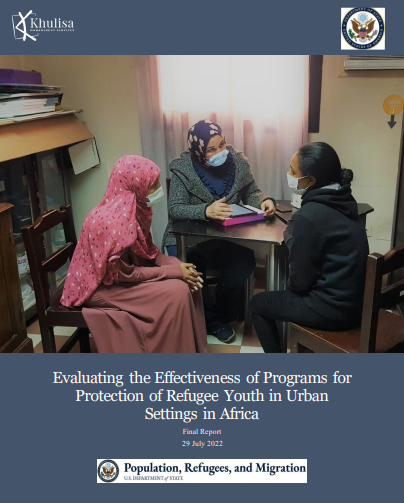We recently published a blog post by Margie Roper, leader of Khulisa’s new Education & Development Division, about current trends in the education evaluation sector. The post includes several valuable tips from Margie about how the education evaluation sector is evolving, and what evaluators can do to evolve with it. Last week’s post discussed Margie’s tip: Move beyond single data sets; link data sets to allow for meta-analysis. This week’s tip is: Evaluate scale for systematic education reform.
Can a small, successful evaluation in a single school or region be scaled up effectively for a larger district or province? The answer lies in the design.
“Scaling an intervention – such as expanding a small, successful developmental intervention across a larger, more diverse geographic or cultural area – is not simply a case of replication,” says Margie. “Every district, school, and teacher is unique, and what works in one place, or for one person, may not work in another area or for another person.”
“If one plans correctly for scale and its potential challenges, then project elements such as change management and leadership, pedagogic design, dynamic evaluation, and mediating classroom practices can be adapted, embedded, and sustained across schools and educational systems,” Margie says.
It is not just program managers that need to plan for scale, but evaluators must evaluate for scale. Evaluation indicators for scale need to include management, teacher pedagogies, behavior change as well as the access to and user-friendliness of materials.
There is much to learn about evaluating scalability, so stay tuned for our forthcoming blog about evaluations for scale! Tune in next Tuesday for Margie’s third tip about education evaluation trends. And read Margie’s full blog post for more on Khulisa’s Education & Development Division.


